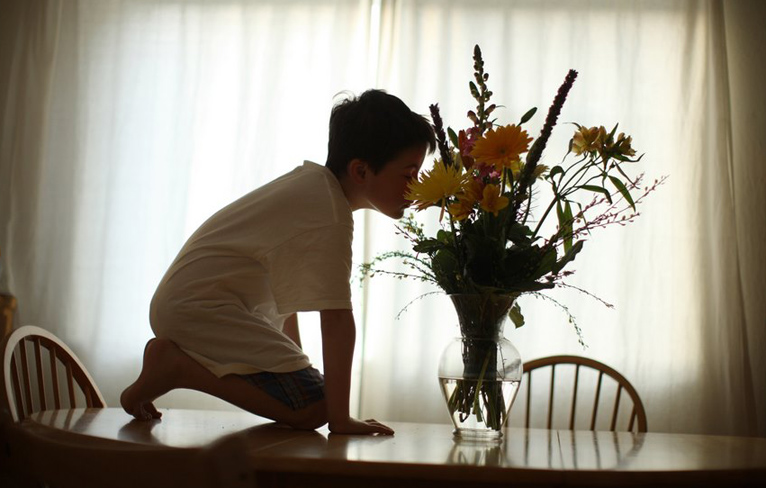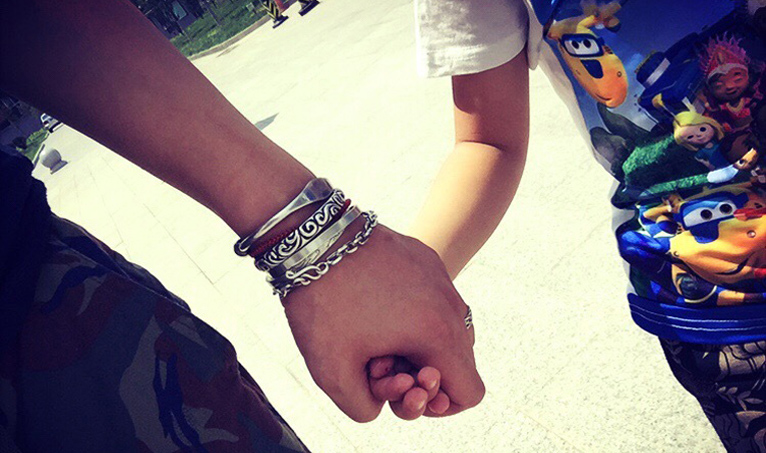Corporate social responsibility (CSR) as a concept has degenerated as time goes by into mandatory fulfilling of legal and ethical obligations to satisfy international regulatory policy in a globalised economy. While best practices and exemplary case studies abound in the West, Chinese companies are late entrants to the CSR field, perhaps due in part to most major Chinese companies being state-owned until the late seventies.
Weighed down by allegations of poor quality products, poor worker compensation and less-than-stellar industrial practices, Chinese companies may not necessarily be in the forefront to build social capital. So it comes as a pleasant surprise to stumble upon leading Chinese children's fashion apparel maker, Paclantic Co Ltd's innovative CSR initiative linked to autism.
In October, Beijing-based Paclantic caused ripples in both the CSR and fashion circles by showcasing a fresh line of clothes and accessories featuring designs inspired by art from autistic children at the Beijing Fashion Week.
Paclantic at Beijing Fashion Week
CEO of Paclantic Michael Leu said "We came up with this idea of showcasing some of the artistic works of autistic children, I am very glad it has touched everyone." Autistic children like Kang Rui, in the video, lack language and communication skills. But thanks to Paclantic, they are reaching out to the World through art, which knows no language.”
In an email interview, Sue You, manager of the art project at Paclantic, reveals that in a casual visit to the Golden Wings Rehabilitation Center for Disabled Children, she saw with shock for the very first time the rich, vibrant colourful paintings of autistic children. "It excited me, I could feel their deep emotion and recognised that they used the brush in dialogue with a silent world." The 21-year-old company which was engaged in typical CSR activities like donations, immediately took it upon itself to re-create the art as designs for their children’s wear.
Paclantic has roped in Golden Wings not only to provide original creations from autistic children, but also conduct topic based art sessions to source future designs. The design department either picks the whole painting or part of it for reproduction on garments and accessories such as bags, shoes and watches.
Part of the proceeds are to be ploughed back into CSR activities, while the child artists will be compensated for their work. "We want everyone to know that the skills of the autistic can help them support themselves and help reduce the financial burden on their families," says Sue.
She hastens to add that Paclantic is more focused on their needs, however. Consider it part of a holistic treatment where medicines play a role but more so music, painting and simple sport. "We believe that each autistic child is a broken-winged angel."


Picture by Timothy Archibald
It is this unique attitude towards autism and its management that makes Paclantic's CSR effort revolutionary. Though the first diagnosis of autism was made in 1943 in the US, China recorded the medical condition only in 1983.
An article in The Wall Street Journal raised the alarm over China's "uncounted" autistic children last year. Soon after, a research from Children’s Hospital, Fudan University, Shanghai estimated that four in every 1,000 children aged 6-12 years were autistic, a figure that did not include those already diagnosed and was much higher than expected - among the 127,000 children investigated in the nation's first epidemiological survey on autistic spectrum disorder. According to the China Disabled People’s Federation, it is the nation’s most prevalent brain development disorder.
Unfortunately misconceptions about ASD (Autism Spectrum Disorder) patients are common among the Chinese public: Autism the result of bad parenting, karma, a loneliness that can cured with more exercise or just plain stupidity. These misconceptions are common enough that a three-year-old boy died at a rehabilitation centre that believes in rigorous exercise as cure, as recently as in May this year.
But in a parallel development -reported by What's On Weibo general awareness is also growing:
• The ASD (Autism Spectrum Disorder) topic on Sina Weibo attracted 827 million reads and more than 100,000 discussions on World Autism Day in April.
• The official Chinese news outlet Xinhua Welfare has launched a TV program on autism that hosts experts to answer queries.
• Institutional support in the form of research reports from Wucailu, the Centre for Autism Research, Stars and Rain and Xinhua Welfare have shifted focus to the abilities of the ASD afflicted rather than their abnormalities.
• Chinese pop singer Huazi has highlighted the plight of parents in song.

Photograph from Huazi’s personal Weibo account)
The anonymity and reach of the online medium has encouraged this trend, with an outpouring of support and understanding shown that belies the reputation of mob mentality and cruel mockery the internet is so often apportioned.
The following BON CP video depicts a sensitive portrayal of the travails of family affected by autism – a home visit by dedicated photographer, Cheng Xu.
Recording the lives of autistic children
The father of autistic twins, Qui Ge and Qui Yu, says, "I think Mr Chen coming to film our families is really helpful. Many people saluted us and also gave us a lot of help."
Travelling exhibitions, online photo magazines, video sites and chats featuring these striking visuals are attracting more Chinese companies to do their bit. And Baichanghui, a venue booking platform in Beijing with 10,000 venues across the country, is even generously giving space for the events.
When a company like Paclantic is willing to look beyond a passing fad, to make a statement that unveils the artistic side of the autistic, it is CSR with a heart.
Author profile
Sudha Nagaraj Bharadwaj is a senior print and electronic journalist. After stints at leading Indian newspapers including The Times of India and The Economic Times, she works as a consultant in the content and communication space, in addition to writing for the global online media from Bengaluru.


